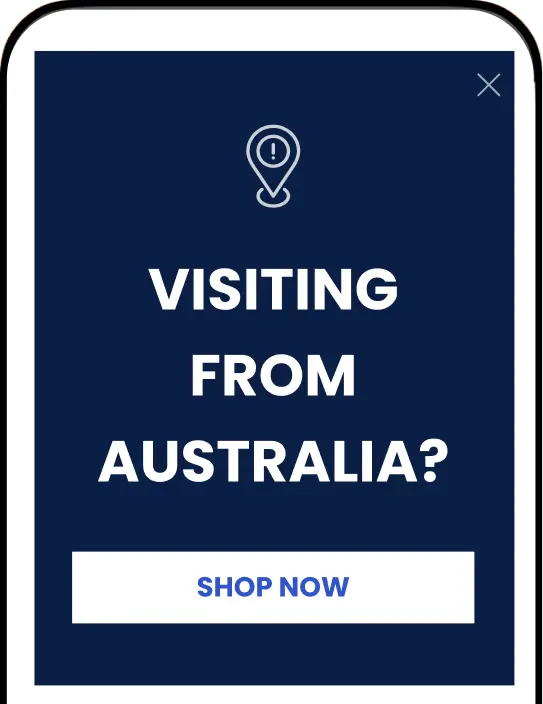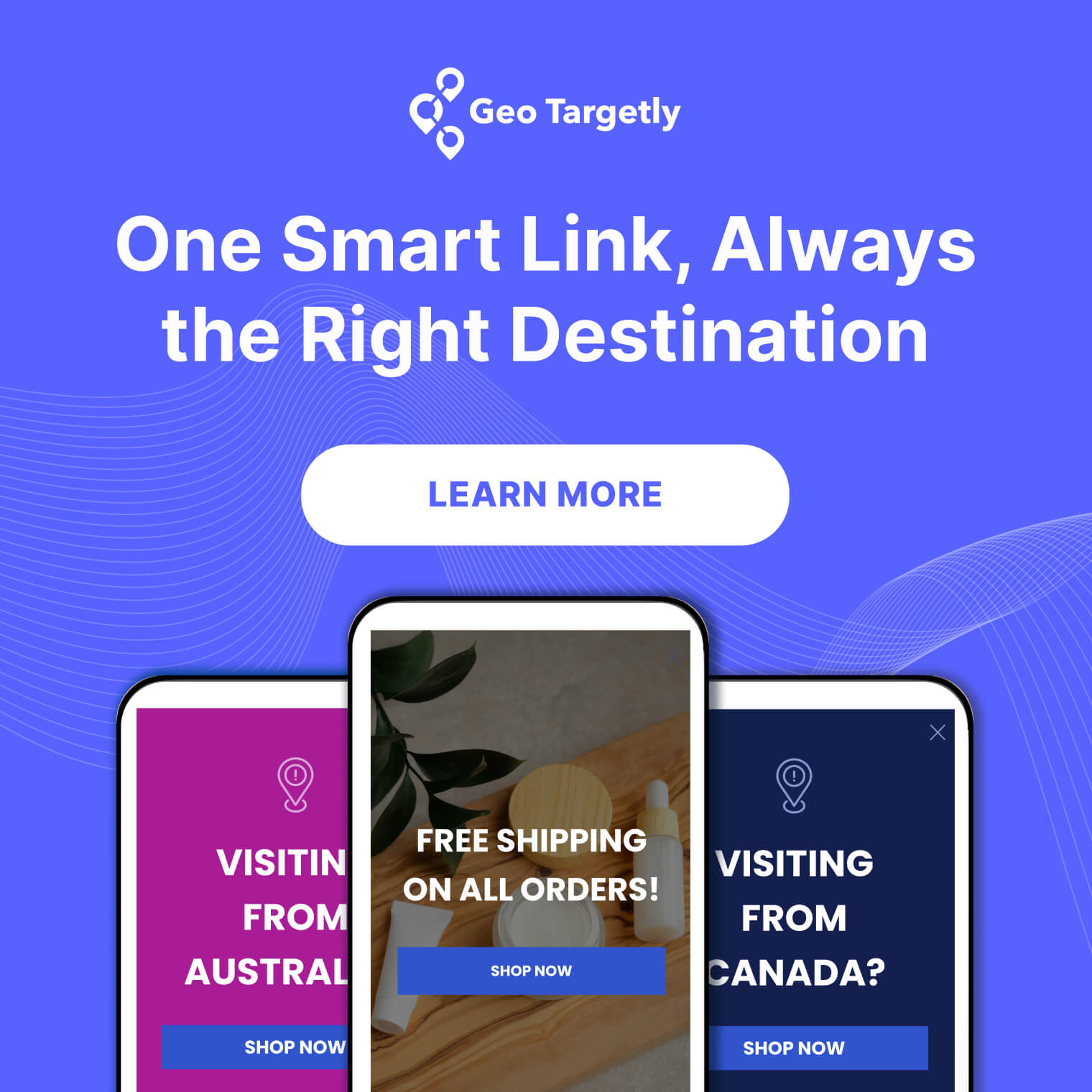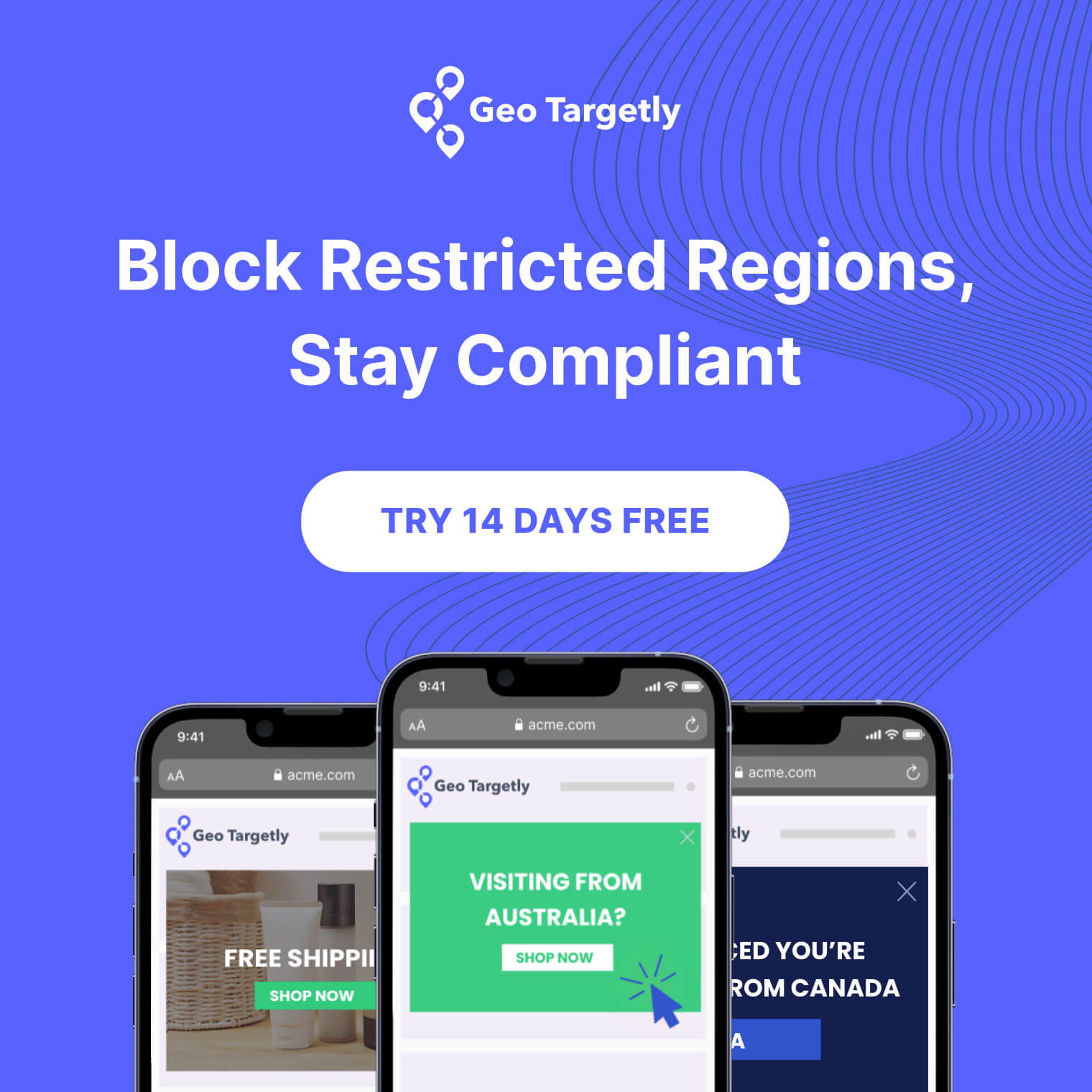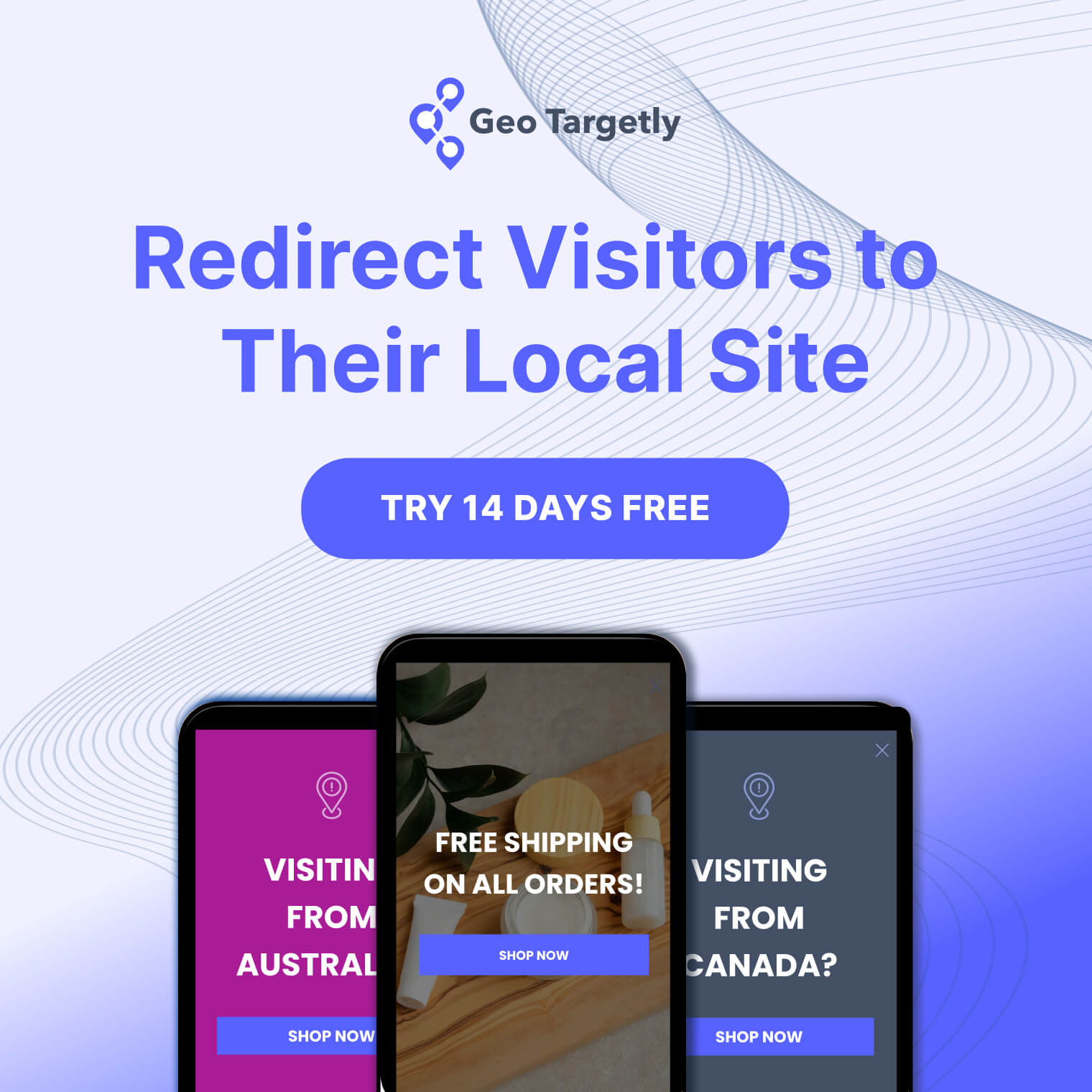

In the tapestry of global communication, each thread – be it a call, a message, or a parcel – is directed by unique symbols known as country codes.
These numerical and alphabetical signifiers are the silent directors in the background of our international conversations and transactions. They may seem like a small detail in the grand design of connectivity, yet they hold the power to bridge distances and link disparate points on the globe with precision and efficiency.
What is a country code?
At its most basic, a country code is a numerical identifier assigned to each country. These unique digits are dialed before the phone number when calling from one country to another.
Imagine if someone in Botswana had the same number as your friend in Switzerland – trying to call them would be chaos! The code at the beginning of the number makes sure your call lands in the right place.
But it's not just about the phone system. These codes also help define territories for internet-related services, making sure data reaches its proper destination.
For websites, the codes manifest as two-letter top-level domains (TLDs) which indicate the country of origin or primary audience of a website. For example, a website ending in .fr is generally associated with France, while one ending in .jp is linked to Japan.
These TLDs help in organizing the vast amount of information on the internet and also play an important role in localizing content, enhancing search engine optimization, and compliance with regional legal requirements.
In essence, website country codes are a key component in the infrastructure of the global digital landscape, shaping how we access and interact with online content based on geographic location.
What is ISO 3166-1?
ISO 3166-1 is part of a global standard, developed by the International Organization for Standardization (ISO), specifically focusing on country codes.
This standard serves as an essential reference for several purposes, such as international mailing, currency codes, top-level domain (TLD) naming, and more.
It categorizes countries into three different code types: alpha-2, alpha-3, and numeric, each serving different functions and uses.
ISO 3166-1 alpha-2
These are two-letter country codes, and also the most visible ones, especially on the internet. You'll spot them at the end of a domain name, like .us for the United States or .jp for Japan.
These codes are also used in international shipping, vehicle registration, and international sports events.
ISO 3166-1 alpha-3
The three-letter codes, such as CAN for Canada or AUS for Australia, offer a more recognizable representation of a country's name. They’re often used in customs operations, by international organizations, and in data processing.
ISO 3166-1 numeric
Numeric country codes are three-digit numbers assigned to each country. Unlike alpha codes, numeric codes are not influenced by the country's name, thus avoiding confusion due to language differences.
Some examples are 840 for the United States, 076 for Brazil, and 392 for Japan.
They're especially handy in systems where the Latin alphabet is not used, providing a universal identifier that transcends language barriers.
ITU country codes
The International Telecommunication Union (ITU) takes on a different slice of the pie. These are not to be mixed up with the ISO country codes; ITU codes are exclusively used for telecommunication purposes.
When you're calling someone in another country, the ITU country code is the prefix you dial to connect to the right national telephone network.
The ITU assigns each member country a one to three-digit code, which simplifies international calls. These codes are vital in the globalized world, keeping us just a few buttons away from friends or business associates across oceans.
For instance, the United States and Canada share the code '+1', whereas the United Kingdom is identified by '+44'.
While ISO codes are more about geographic identification, ITU codes are all about connectivity. They are part of the International Direct Dialing (IDD) system that removes the need for operator assistance when making an international call.
It's the ITU's coding system that facilitates the global reach of mobile phones, allowing you to text or call without hassle, whether you're in bustling cities like Tokyo or the tranquil hills of Tuscany.
Why do you need to use country codes?

These sets of agreed-upon codes are gateways that connect different parts of the world. They are essential for several key reasons:
- Travel and connectivity: If you're traveling abroad and want to call a restaurant to make a reservation, a tour operator to book Copenhagen combi tickets, or if you need to contact a business office in another country, you’ll need the proper code to initiate the call.
- E-commerce and business: Global trade relies on these codes. Whether you're tracking an international shipment or conducting a transaction in a different country, these codes help streamline the process.
- Data sorting and identification: In the vast expanse of data on the internet, country codes help sort information and direct traffic accordingly. They serve as crucial identifiers in global databases and record-keeping.
- Cultural and political recognition: Using the correct country code respects the sovereignty and identity of nations. It’s a form of digital acknowledgment of a country's presence on the world stage.
In the complex web of global communication, country codes are indispensable. They ensure that the message, call, or data reaches your intended destination without any detours. You could be a traveler, a business person, a political analyst, or simply someone with loved ones abroad, but no matter what, understanding and using the correct country codes is necessary to keep you connected. With the rise of eSIM technology, staying connected across borders has become even more seamless, allowing travelers and professionals to switch networks without needing physical SIM cards. With eSIM Spain, users can easily access local networks in Spain while still ensuring they use the correct country codes for calls and data services.
How to use country codes
Navigating the use of country codes is straightforward once you understand the basics. Here's how to use them most effectively:
Making international calls
Making an international call may seem tough at first, but it's quite straightforward once you know the basic steps.
Steps for dialing internationally
- Start with a plus sign (+) or 00: This tells the system that you're making an international call.
- Dial the country code: Enter the code of the country you are calling. For example, +33 for France.
- Enter the area code: Omit the leading zero (if any) and dial the area code. This varies depending on the region within the country you're calling.
- Dial the local number: Finally, enter the local phone number you wish to reach.
Example:
To call a number in Paris, France, from the United States:
- Start with the plus sign: +
- Dial France's country code: 33
- Enter the Paris area code (without the leading 0) and the local number: +33 (area code) (local number)
Online navigation
Online, these codes often come into play on TLDs. Websites from the United Kingdom end with .uk, Germany with .de, and so on. These two-letter codes help identify the country of origin or the intended audience for a website.
For businesses, using the appropriate country code TLD (.us, .ca, .jp, etc.) for their websites is a strategy to signal search engines that the content is intended for a specific geographical audience, potentially improving their local search rankings.
Additionally, search engines use country codes as part of their algorithms to filter and sort news, images, and videos relevant to a user's locale. This not only provides a localized experience but also helps in respecting the legal and cultural boundaries across different nations.
Understanding the influence of country codes in search engines can make your browsing more conducive to what you’re looking for, and make the information you receive more contextually appropriate for your location.
Here’s a list of some of the most common codes:

How can GeoTargetly benefit your business
As users from various countries navigate the internet, the geographical distinction becomes crucial, and this is where Geo Targetly shines and provides a simple solution for a complex problem.
TIP: Learn about Geo Targetly and all the ways we can help you make an inclusive and easy-to-use site for visitors around the globe.
Real-time Geo-targeting
Imagine a user from Country A (let's say, India) visiting your website, which is hosted in Country B (for example, the United States). Geo Targetly swiftly identifies the user's location and customizes the website in real-time with its geo-targeting capabilities.
It adjusts elements like the country calling code, making sure that the support telephone number is instantly modified with India's country code (+91). This localization based on IP geolocation not only improves the user's experience, but also fosters a sense of familiarity and ease.
Better user experience
By dynamically localizing content, prices, and contact information, Geo Targetly ensures that each visitor feels the website speaks directly to them. Whether it's displaying prices in the local currency, adjusting the language, or tailoring content to regional interests, Geo Targetly makes your website globally personal and locally relevant.
Compliance and relevance
Different countries have different laws and cultural norms. Geo Targetly helps your website comply with regional regulations by displaying appropriate content and disclaimers based on the visitor's location. This not only safeguards your business but also builds trust with your audience.
Interested in seeing Geo Targetly in action? Have a look at our demo shop and choose a country from the dropdown list to see how the site would appear to users from different parts of the world!
Final thoughts
As our world grows ever more digitally interconnected, the ability to comprehend and apply these codes stands as a key competency, both for personal connections and business communications that transcend international boundaries.
Armed with this knowledge, you're well-equipped to tackle the intricacies of global phone calls, forge connections around the planet, and actively engage in worldwide dialogue.





.webp)


































